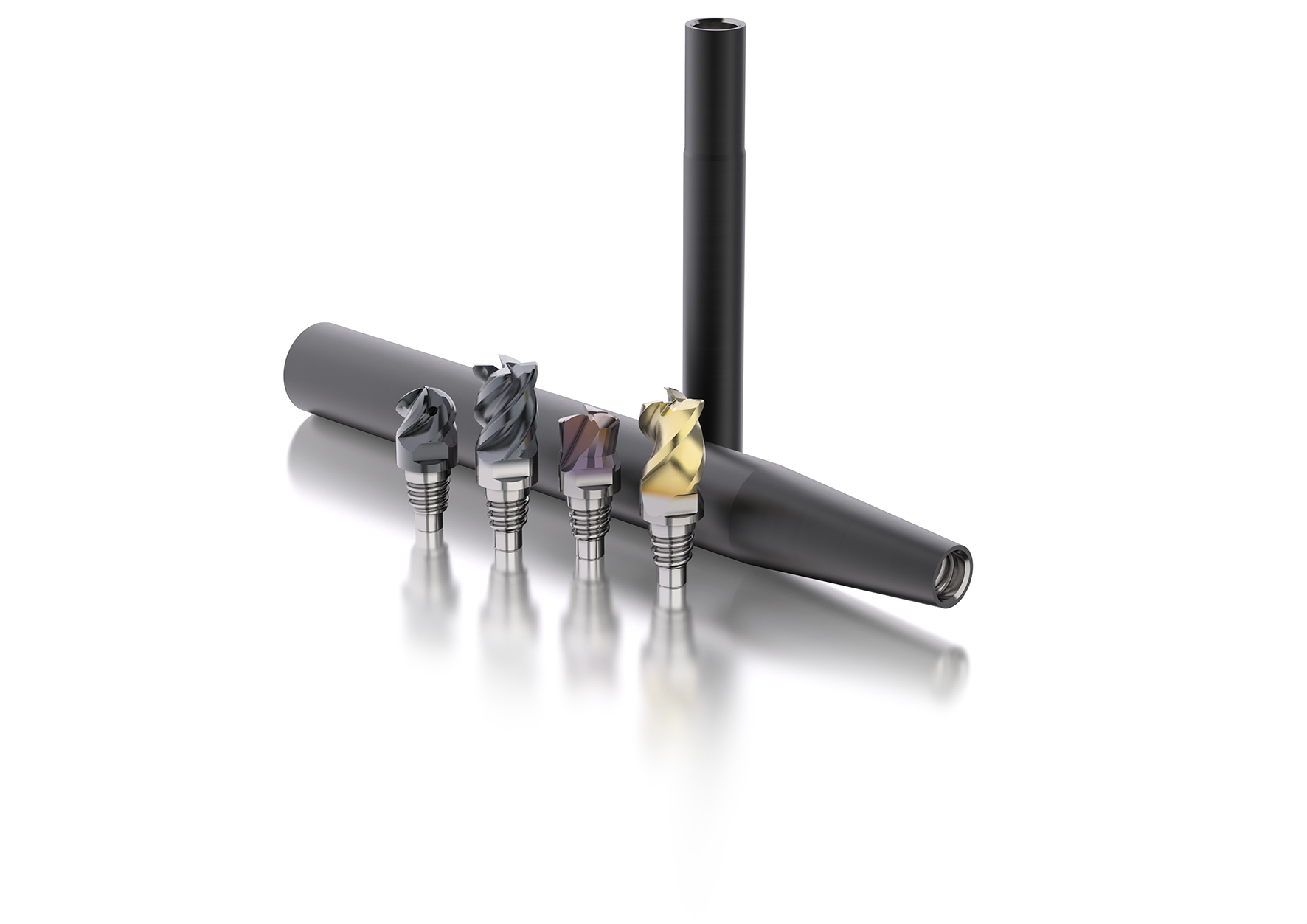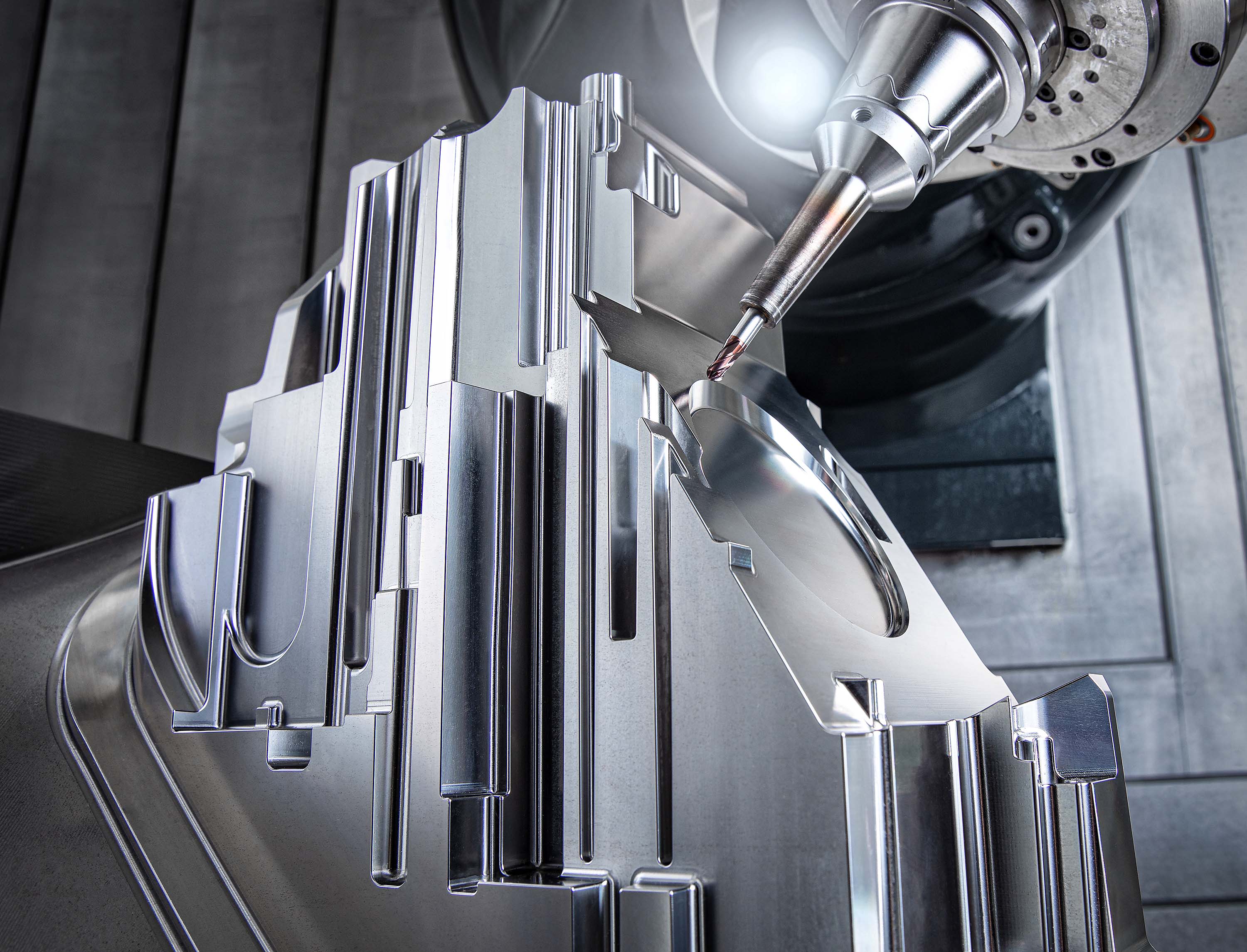To provide manufacturers with versatility and high value, Seco has launched its X-Head quick-change replaceable milling head system. With the new solution, users can quickly and easily change between various solid-carbide milling geometries and types to optimise milling operations while reducing manufacturing costs and tooling inventories.
The milling heads mount to a variety of available shank lengths for even greater versatility, with short and long-reach capability for a variety of overhang lengths. Head changes only require a simple turn of a wrench, eliminating the need to remove the holder from the machine to change the cutter. Users also eliminate the need to reset tool lengths thanks to a secure and reliable connection that provides exchange accuracies within 50 µm.
According to Gary Meyers, Seco’s product manager for solid milling, shops must often purchase many different end mills and holders to machine different features on a workpiece, adding higher project costs.
“The Seco X-Head quick-change replaceable milling head system adapts to various machining needs with a range of geometries and types but without additional holders,” he says.
With 194 types of available cutting heads, users can choose between different cutters for multiple operations, as well as between specific high-performance, versatile high-performance and universal-type geometries. Seco also offers metric and inch products for heads and shanks.
For further information www.secotools.com















